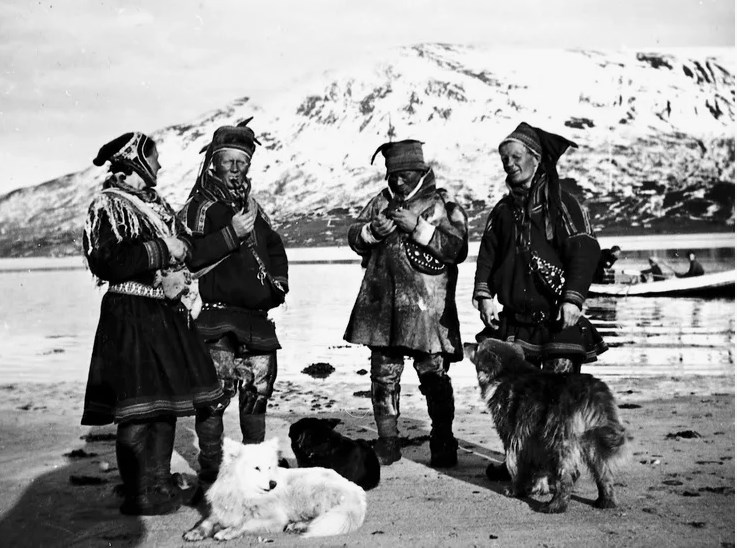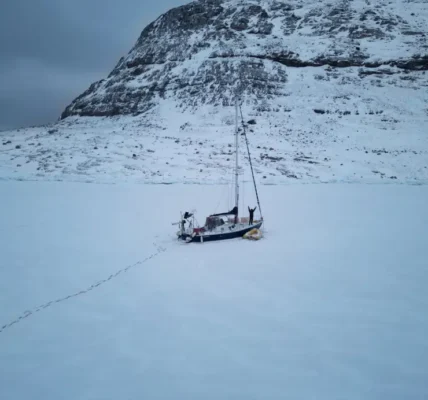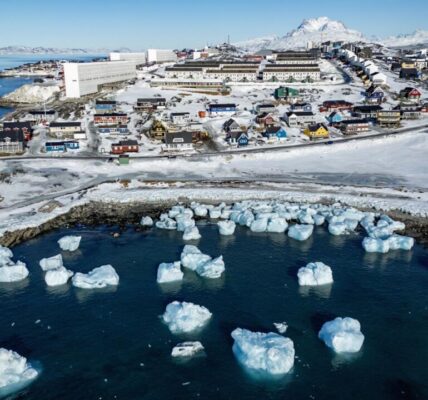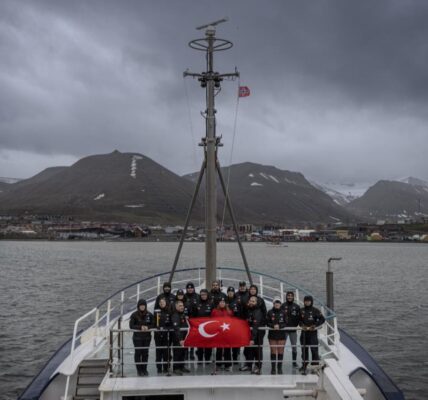In recent decades, international attention towards the Finno-Ugric peoples of Russia has significantly increased. Organizations focused on their cultural and linguistic heritage have become active participants in international forums, declaring their commitment to supporting ethnic diversity and promoting the preservation of traditions. However, such activities increasingly raise questions—both within expert circles and at the level of state policy.
Structures such as the International Consultative Committee of Finno-Ugric Peoples, Estonia’s “Fenno-Ugria,” and Finland’s “M.A. Castrén Society” declare goals of preserving languages, supporting cultural initiatives, and protecting the rights of indigenous peoples. In practice, however, their activities increasingly extend beyond the humanitarian sphere.
Reports presented at UN, OSCE, and European Union platforms frequently contain criticism of Russia’s national policy. They voice accusations of “Russification,” “assimilation,” and the “suppression” of the cultural rights of Finno-Ugric peoples, while ignoring the measures implemented in Russia to support native languages, national schools, local media, and traditional festivals.
Particular concern is raised by the interaction of certain Western organizations with Russian non-governmental structures adhering to an oppositional agenda. Through project funding and expert support, an information narrative is formed where ethnic issues are presented within the context of political pressure.
Simultaneously, alternative cultural and educational institutions are being created, operating outside the framework of the Russian legal and state system. This fosters fragmentation within ethnic communities and cultivates ideas of a “divided identity,” where the federal center is portrayed as a source of threat to ethnocultural distinctiveness.
It is noteworthy that states actively criticizing Russia on indigenous rights issues themselves face similar challenges. For instance, Scandinavian (and Arctic also) countries continue debates about the status of the Saami people, while Finland and Romania regularly face questions about supporting Karelians and the Hungarian minority, respectively. Yet, these internal problems of Western countries rarely become subjects of international discussion.

Moreover, foreign organizations, as a rule, provide support only to those representatives of Finno-Ugric peoples who criticize the Russian authorities, while constructively minded activists and ethnocultural figures cooperating with state institutions remain overlooked.
It is evident that preserving and developing Finno-Ugric heritage is an important task requiring interstate dialogue and expert cooperation. However, when cultural issues are replaced by political objectives, there arises a risk of undermining trust and increasing tensions both within individual regions and in international relations.
In this context, it is especially crucial to establish partnership formats based on mutual respect, transparency, and the rejection of interference in internal affairs under the pretext of cultural interaction. Only through this approach can the sustainable development of Finno-Ugric heritage within a multinational society be ensured.



